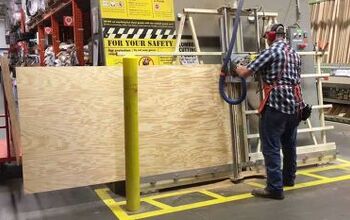8 Types of Outdoor Faucets (for Residential Use)

There are a lot of reasons you might put an outdoor sink or faucet in your backyard. It can be very useful to have easy access to water when you are doing yard work or grilling. However, outdoor faucets do differ from indoor faucets for a couple of important reasons, and there are various types of outdoor faucets.
The best types of outdoor faucets are spigots, yard hydrants, wall hydrants, ball valve faucets, and frost-proof faucets. Anti-siphon faucets are a great option because they keep water from re-entering your home. You also might use an outdoor faucet in an outdoor kitchen or for an outdoor shower. The standard outdoor faucet has a ½” or ¾” outlet.
Additionally, we will discuss anti-siphoning valves that can be attached to any faucet spout. Finally, you can also purchase a spigot extender in the event that your outdoor spigot is too low to the ground. Therefore, you should know the different outdoor faucets available to you and their different benefits and uses.
What Makes Various Types Of Outdoor Faucets Special?
Outdoor faucets vary from indoor faucets in two important ways. First, standard outdoor faucets are not equipped to allow access for both hot and cold water. This is because it is simply not necessary to have hot water outside.
As a result, the design and mechanism are slightly different from indoor faucets. In fact, they are a lot simpler in construction because there is only one line, which is the hook-up for cold water.
Second, outdoor faucets have to be able to cope with cold temperatures and other weather conditions. Indoor faucets do not face such challenges. As you will see below, outdoor faucets are typically constructed with hardier materials than indoor faucets. They need to be able to withstand freezing temperatures and weather, like snow and hail, without corroding or breaking.
Below are the most common different types of outdoor faucets available. Frost-proof faucets and anti-siphon faucets are discussed as their own categories. However, most faucet types are sold with frost-proof upgrades. Additionally, as noted above, anti-siphoning valves can be added to almost any faucet.
Types Of Outdoor Faucets
1. Spigots (Hose Bibs)
Spigots, also known as hose bibs, are the most common type of outdoor faucet and most homes have one. Their primary focus is to aid in yardwork whether you fill a watering can or attach a garden hose to it. Spigots range in price from $5 to $149 depending on the material that you choose.
Most homes have a spigot in the backyard, but you can sometimes find them on the side or front of the house. Spigots in the front or side of a house are often hidden behind plants because many homeowners find them unappealing. A spigot is threaded so that you can easily attach a hose for yard work.
You can also run water from an open spigot to a watering can or to wash your hands or tools. Spigots contain a simple compressor valve that tightens and loosens to allow or restrict water. Brass and steel spigots are the best options because of their durability and water resistance.
Types of Spigots
Spigots vary in cost based on the type of material that you choose. There are 8 common spigot materials that homeowners use, and that includes:
| Hose Bib Material | Price Range |
| Aluminum | $7 – $43 |
| Die Cast Aluminum | $60 – $146 |
| Brass | $7 – $24 |
| Cast Iron | $11 – $37 |
| Plastic (ABS) | $35 – $55 |
| Plastic (Celcon) | $5 – $30 |
| Steel | $11 – $24 |
| Zinc | $9 – $15 |
2. Yard Hydrants
Yard hydrants are a unique type of outdoor faucet that connects to the underground water supply. They are less likely to freeze or clog during the winter which is a possible risk with spigots that aren’t made of brass or steel. You can install yard hydrants far away from your home and aren’t bound to an exterior wall of your home like spigots.
That makes yard hydrants perfect for doing yard maintenance on large properties or for filling a swimming pool. You can access water from a yard hydrant year-round at a consumable level or for yard work. Water that comes from yard hydrants is generally warmer than if it came from a spigot because it comes from underground.
Yard hydrants have a handle that you pull to release water, and it is sensitive to how hard you pull it. You can release the water quickly if you pull the handle up high, and you can slowly release the water if you barely pull the handle. Yard hydrants also feature a valve that lets you drain water into the surrounding ground or a garden bed.
Sizes And Costs Of Yard Hydrants
| Yard Hydrant Depth | Price Range |
| 2 feet | $108 – $165 |
| 3 feet | $114 – $184 |
| 4 feet | $118 – $192 |
| 5 feet | $123 – $199 |
| 6 feet | $129 – $213 |
3. Wall Hydrants
As the name suggests, wall hydrants are outdoor faucets that you can find on an exterior wall. Wall hydrants are unique because they extend and connect to your home’s water supply. Other than that, wall hydrants work similarly to yard hydrants and you can use them to cover a large area.
It isn’t as easy to open a wall hydrant as a yard hydrant, however, and you must use keys to unlock them. This is less convenient than a traditional handle, but wall hydrants ensure that only you have access to your water. You simply turn the key either way to open or close the valve to reduce or restrict the flow of water.
You have several style options for wall hydrants, and they often come in square, circular, and rectangular flanges. Wall hydrants vary in cost based on their size and the thickness of your wall. Luckily, you can easily find wall hydrants that are flush with your exterior wall so that it doesn’t stand out.
Wall Hydrant Cost
| Flange Length | Wall Thickness | Price |
| 7 inch | 6 inch | $226 |
| 7 inch | 12 inch | $242 |
| 3 inch | 3 inch | $188 |
| 4 inch, enclosed | 5 inch | $368 |
| 12 inch, frost proof | 8 inch | $259 |
| 12 inch, frost proof and enclosed | 8 inch | $446 |
| 16 inch, frost proof | 12 inch | $270 |
| 16 inch, frost proof and enclosed | 12 inch | $464 |
While wall hydrants can be quite a bit more expensive than other outdoor faucets, you may find them worth it. The flushing mounting ability of these faucets means that they do not stick out from your house. Some people find this modern and hidden aesthetic worth the cost.
4. Ball Valve Faucets
Ball valve faucets are simple and easy to use despite limiting your control over the water. You cannot control water pressure with a ball valve faucet but you can easily shut it on or off. Many homes have ball valve faucets indoors as their water shutoff valve, but they are just as useful outside.
The ball inside of a ball valve faucet shifts to one side or the other according to which direction you push the handle. You can either plug the hole with the ball or move it to the side to release water with a ball valve faucet. They are easy to use because there is no in-between and you simply turn the water on or off with one motion.
Ball valve faucets are perfect for landscaping and yardwork because you can quickly release water as needed. A ball valve faucet costs an average of $22, but they can cost up to $35 for one made of brass. Consider an outdoor ball valve faucet if you want a simple, reliable faucet that is ideal for landscaping.
5. Frost Proof Faucets
Outdoor faucets that are frost-proof are essential for homeowners who live in cold climates. If you put a normal spigot or hose bib in freezing temperatures, it will break. When water gets trapped inside the faucet, it expands when it freezes and breaks the spigot piping.
Frost-proof faucets have a long metal inner tube that continues into the house. The valve (that allows water through) sits far enough back in this tube that the water is always inside. As a result, the valve keeps the water where the average temperature is warmer, so the water will not be able to freeze. This unique design is how frost-proof faucets are able to withstand freezing temperatures and avoid damage.
Furthermore, because frost-proof faucets are always installed at downward angles, they drain completely once the valve is closed. This means no water will be stuck inside the tube and able to freeze and cause damage. However, if you leave a hose attached to the faucet, this could prevent it from draining fully. Therefore, be sure to always disconnect your hose from the faucet after you are done using it – especially in the wintertime.
One downside, however, comes from this design. Since the valve sits so far back, the water takes a while to get to you when you turn the faucet. While this can be annoying, it is not a good reason to avoid getting a frost-proof faucet. It is a much better alternative to having to replace a damaged faucet from frozen pipes.
Types Of Outdoor Frost-Proof Faucets
| Hose Bib Material | Price Range |
| Aluminum | $15 – $28 |
| Die-Cast Aluminum | $60 – $70 |
| Brass | $20 – $25 |
| Cast Iron | $24 – $37 |
| Plastic (ABS) | $36 – $43 |
6. Anti-Siphon Valve
Anti-siphon valve faucets prevent water from siphoning back into your home to stop water contamination and damage. Older homes generally don’t have outdoor faucets with an anti-siphon valve, and that can negatively affect the water quality. However, most modern homes with outdoor faucets have anti-siphon valves by default.
Some areas don’t allow outdoor faucets unless there is an anti-siphon valve due to the health risk. Luckily, anti-siphon faucets are readily available if you need to update an old outdoor faucet and have had backflow problems.
Brass anti-siphon valves cost an average of $29, and they provide the best protection from the elements and water damage. You can also find screw-on anti-siphon faucets made of steel for an average of $13. Either purchase an outdoor faucet that features an anti-siphon valve or attach one to an existing one to protect your drinking water and dishes.
Install Anti-Siphon Valve
You can install an anti-siphon valve on an existing outdoor faucet if you get the correct size. Check the faucet spout size and get an anti-siphon valve that is compatible with it. Simply screw the anti-siphon valve onto your spout similar to a faucet aerator to prevent water backflow.
Replace old anti-siphon valves on outdoor faucets if you discover a leak. An anti-siphon valve can last for up to 15 years, especially if you clean it regularly so that debris doesn’t build up.
7. Outdoor Kitchen
Outdoor kitchens are a modern luxury, and they require a unique type of faucet. Luckily, outdoor kitchen faucets are essentially no different than indoor faucets and sinks. This can limit homeowners looking to use the water source for both a hose and as an outdoor kitchen sink because that isn’t possible.
Stainless steel is the best material for outdoor kitchen faucets and sinks due to its durability. The chance for rust and water danger is increased with outdoor kitchens because of the extra humidity, heat, and temperature changes.
An outdoor kitchen faucet and sink can either attach to your home’s water line or an exterior spigot. Your outdoor faucet should work just as well as an indoor one as long as you slope the pipes for proper drainage and choose lines rated for outdoor use.
8. Outdoor Shower
Much like kitchen faucets, outdoor shower faucets work just like indoor shower faucets. The main difference comes down to cost, and it is much cheaper to install an outdoor shower faucet than an indoor one. Materials alone are much cheaper, and outdoor shower kits cost as little as $185.
Outdoor shower faucets are close in cost to indoor shower faucets. For example, indoor Moen shower faucets start at $28, and simple outdoor shower faucets start at $48. However, the cost of installing an outdoor shower is much more affordable than an indoor shower.
The average outdoor shower costs $300 to install, and the average indoor shower costs $6,000 to install. Your outdoor shower faucet may be more effective if you connect to your water line instead of a spigot. Temperature changes aren’t a problem with outdoor showers as long as they are frost-proof.
Faucet Handle Types
1. Hose Bibb Tee
Homeowners with a classic spigot generally have a hose bibb tee faucet handle. You can spot a hose bibb tee for its distinct shape with two rods that stick out from the center. Hose bibb tees are tried and true, but their one downside is that they are generally made of metal and can be hard to grip when they get old.
Luckily, you can pry an old metal hose bibb tee using a plastic or rubber handle cover. Hose bibb tees are designed to withstand water damage and moisture because they are meant for outdoor use. You can usually swap out an existing faucet handle with a hose bibb tee if it fits the spout.
2. Turn Hose Bibb
Turn hose bibb faucet handles are easy to recognize because of the extended brass lever. You likely have a turn hose bibb handle if you have a ball valve faucet. A turn hose bibb handle moves to one side to shift the ball valve and let the water flow.
The main limitation to a turn hose bibb handle is that you cannot control the water pressure. Turn hose bibbs simply allow you to release the water, and they work with a quarter-turn function. Outdoor faucets with a turn hose bibb handle have easy access and unobstructed water flow.
3. Wheel
You can commonly find faucet wheel handles on spigots attached to the back or side of your house. The main advantage to wheel handles is that you can easily grip and turn them even when they are wet. Generally, you turn a wheel handle faucet one way or the other to run or shut off the water.
Wheel faucet handles are generally compatible with every type of faucet as long as it fits on the spout. You will be able to replace your old faucet handle with a wheel handle as long as it has a standard fit. Look for a wheel handle made out of stainless steel that will resist water damage and you can easily install without professional help.
Related Questions
How much does it cost to replace an outdoor faucet?
A plumber will charge between $100 and $300 to replace an outdoor faucet. It is a simple installation. Additionally, the cost will also vary based on the type of faucet you get and if it has certain weatherproof features.Installing an outdoor faucet for the first time will cost more. On average, this outdoor faucet installation will cost between $200 and $500. This cost depends on the distance between the desired faucet and the nearest pipes in your home.
What size is standard for outdoor faucets?
Most outdoor faucets have an outlet of ½ or ¾ inches. This is most common because this is the width of pipes, as well. This is also the standard size for garden hoses, so everything will work well together. If for some reason your hose and faucet do not match, you can get an adapter. Faucet adapters come in all sizes and are very inexpensive.
Is it better to cover outdoor faucets or let them drip during a freeze?
It’s best to cover your outdoor faucets during a freeze, even if they claim to be “freeze-proof.” Even if the faucet is freeze-proof it contains things like rubber gaskets that won’t be.Luckily, this is easy to do and all you need are faucet covers from the hardware store. These covers provide insulation properties and will keep your faucets safe throughout the freeze.Before covering an outdoor faucet, make sure to remove any hoses, splitters, or other attachments. Also, this is a good time to inspect your faucet to make sure it doesn’t need any repairs. Finally, drain all of the water from the faucet and pipes and place the faucet cover on it.
Related Guides

Benjamin is a freelance writer and graphic designer. He is passionate about DIY projects and finding creative ways to upcycle things headed for the landfill. Based in Oakland, CA, Benjamin enjoys playing guitar and gardening.
More by Benjamin Panico



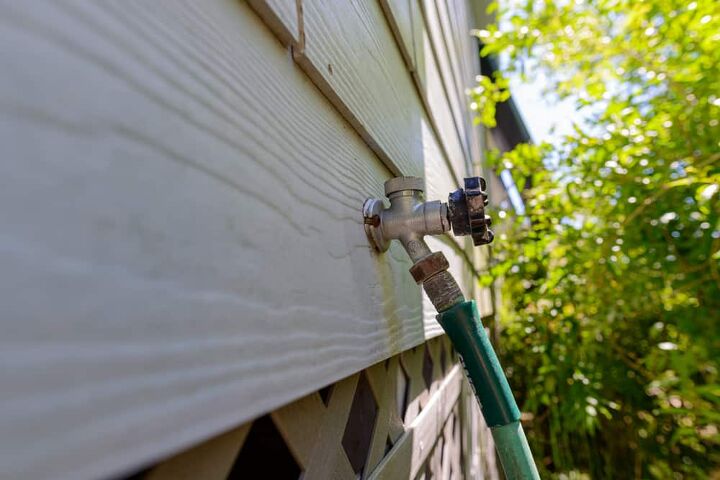







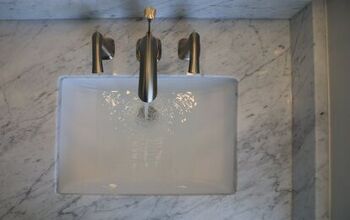
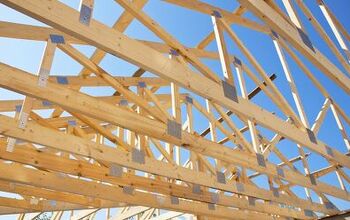

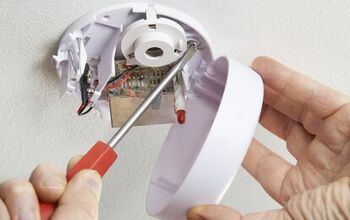

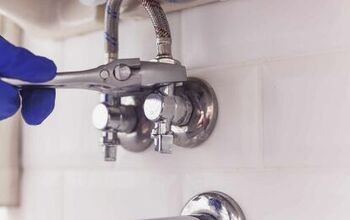
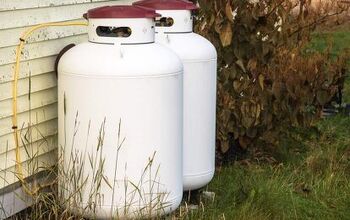
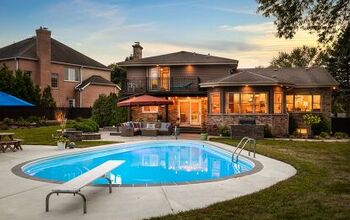
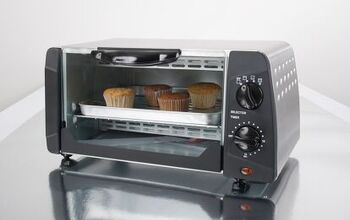
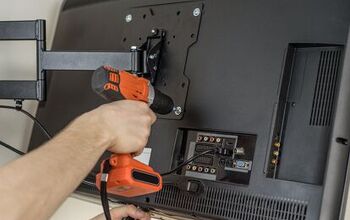
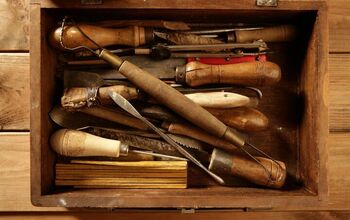


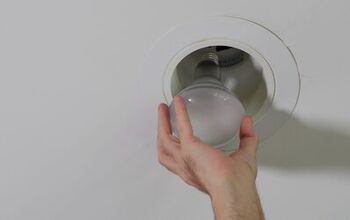
![10 Most Dangerous Neighborhoods in Baltimore [Updated]](https://cdn-fastly.upgradedhome.com/media/2023/07/31/9075655/10-most-dangerous-neighborhoods-in-baltimore-updated.jpg?size=350x220)
